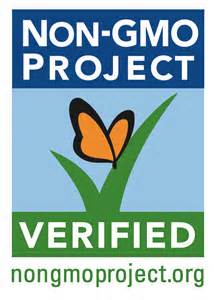![Reducing your exposure to environmental toxins in your home – part I]()
by plant4health | Oct 1, 2015 | cancer, Organic, Plant-based, Vegan

Laurel J. Standley, Ph.D.
Laurel J. Standley, Ph.D. is Principal of Clear Current LLC. She is an environmental consultant with over twenty years experience in environmental chemistry and policy. Dr. Standley earned a B.S. in Chemistry from California Polytechnic State University, a Ph.D. in Chemical Oceanography from Oregon State University and a M.A. in Urban Affairs and Public Policy from the University of Delaware. In 2011, she published a book called #ToxinsTweet: 140 Easy Tips to Reduce Your Family’s Exposure to Environmental Toxins. This is part one of a two part series summarizing key points from her book.
We are exposed to chemical toxins every day that can impact our health. Exposure comes from the air we breath, food we ingest, water we drink or cook with, cosmetics we put on our skin, the furniture we sit or sleep on and even our clothing. We can’t avoid all toxins but can take steps to reduce our risk of exposure.
What are toxins?
(more…)

by plant4health | Jan 22, 2015 | Uncategorized
GMO is one of those acronyms everyone recognizes, but few people understand what it really means and why we should be concerned about eating them.
GMO stands for Genetically Modified Organism. An example regarding our food supply; GMO crops are those plants that scientists have changed their genetic makeup so they can withstand direct applications of herbicides and/or produce insecticides in order to control invasive weeds and insects that threaten certain crops.
Supporters for GMO crops claim that genetically engineered plants are the way of the future. According to the Food and Agriculture Organization of the United Nations the potential benefits of GMO plant foods are:
- Better resistance to pests
- Require the use of less pesticides
- More nutritious
- Higher crop yields
- Longer shelf life
- Cheaper to produce
On the surface it all sounds great, a win-win for agriculture, society and the environment. However, many concerns continue to surface. It can be difficult to find the facts when there have been so few scientific studies providing hard evidence proving its safety and widely conflicting opinions. As we await more studies to bring clarity, we must consider what little we know so far: (more…)


